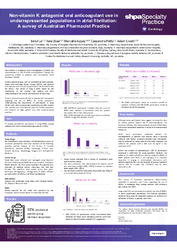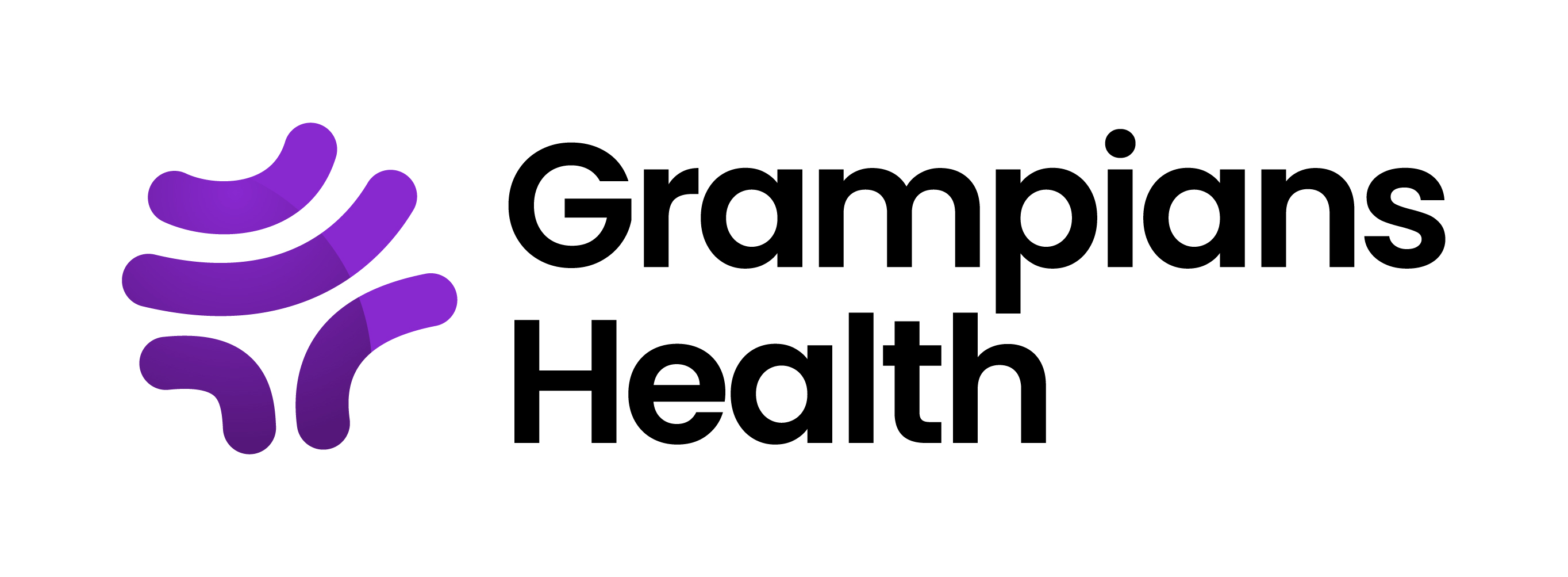Please use this identifier to cite or link to this item:
http://hdl.handle.net/11054/2963| Title: | Non-vitamin K antagonist oral anticoagulant use in underrepresented populations in atrial fibrillation: A survey of Australian pharmacist practice (Poster). |
| Author: | Livori, Adam Ziser, K. Appay, M. Potts, C. Lai, B. |
| Issue Date: | 2024 |
| Conference Name: | 72nd Annual Scientific Meeting of the Cardiac Society of Australia and New Zealand |
| Conference Date: | August 1-4 |
| Conference Place: | Perth, Australia |
| Abstract: | Background: Non-vitamin K antagonist oral anticoagulants (NOAC) are recommended as first-line anticoagulation therapy for stroke prevention in patients with non-valvular atrial fibrillation (NVAF). However, real-world data on pharmacists’ practice patterns in under-represented populations, such as patients with advanced age, obesity and end-stage kidney disease (ESKD), are lacking. Aim: To explore pharmacists’ perceptions and trends in using NOACs among patients with NVAF and advanced age, obesity or ESKD. Method: In this cross-sectional, self-administered survey, Australian pharmacists who were members of several specialty practice streams of the Society of Hospital Pharmacists of Australia were surveyed. Results: There were 33/145 (23%) of practice group members who responded. Apixaban (74%, 17/23) was indicated to be the preferred anticoagulant for use in advanced age. 91% (21/23) of pharmacists indicated that NOAC doses were reduced in accordance with product information (PI) in their daily practice, and 22% (5/23) indicated they would recommend reducing a NOAC dose outside of PI recommendations. In obesity, most respondents indicated that warfarin was the anticoagulant of choice (52%, 12/23). In renal disease, 9% (2/21) of pharmacists would recommend a dose reduction outside of the PI, indicating they were willing to use and initiate apixaban down to a CrCl of 10 mL/min for NVAF but not other NOACs. In haemodialysis, 57% (12/21) of pharmacists preferred to use warfarin. Conclusion: This survey indicates that diversity exists in the use of NOACs among patients with NVAF and advanced age, obesity or ESKD in Australia and that disparities from available literature are occurring in daily practice. |
| URI: | http://hdl.handle.net/11054/2963 |
| Internal ID Number: | 02833 |
| Health Subject: | CARDIOLOGY MEDICATION MANAGEMENT |
| Type: | Conference Poster |
| Appears in Collections: | Research Output |
Files in This Item:
| File | Description | Size | Format | |
|---|---|---|---|---|
| LIVORI SHPA CSANZ posters.pdf | 967.61 kB | Adobe PDF |  View/Open |
Items in DSpace are protected by copyright, with all rights reserved, unless otherwise indicated.
